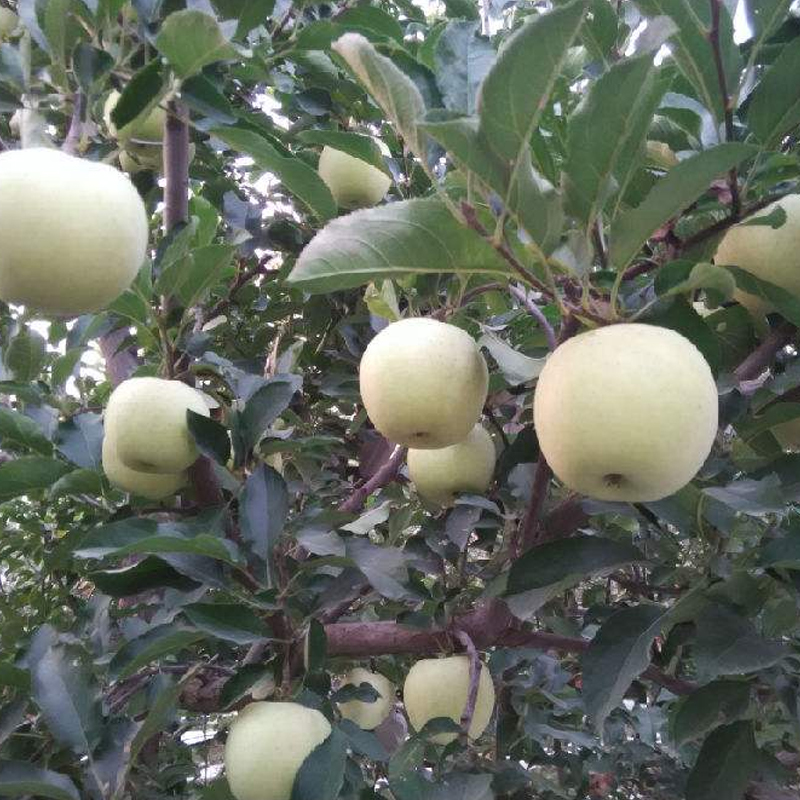Chinese name: Tomato brown spot Chinese alias: Sesame loquat Latin scientific name: Helminthosporiurn carposaprum Pollack Damaged crops: In addition to tomatoes, but also damage a variety of solanaceous vegetables and beans, sesame and so on. Symptoms of injury: The disease mainly occurs on the leaves, but it can also harm the stems and fruits. Leaf lesions are nearly round and oval to irregularly shaped lesions, ranging in size, gray-brown, with sharp edges, 1-10 mm in diameter, and sometimes with bands on larger lesions. The center of the lesion is slightly sunken and shiny. At high temperature and high humidity, the surface of the diseased spot produced a gray-yellow to dark brown mold, which is a conidial stem and conidia of the pathogen. The lesions are as dense as sesame seeds for a long time, so they are called sesame seeds. Stems are victimized, and the lesions are brownish-yellow. They often grow into strips and grow dark brown when they are wet. The lesions were round in shape on the fruit, and several lesions were evenly formed in an irregular shape. The initial lesions were water-soaked and the surface was smooth. Afterwards, the lesions gradually became dark hard spots. There were rosy patterns, and dark brown moulds grew when they were wet. Symptoms of petiole and stalk damage are the same as stems. The morphological characteristics of the pathogen: Mycelium five-color to light brown, conidial stem slender, clustered, light brown, slightly enlarged base of several stems, conidial long cylindrical or stick-shaped, pale yellow-brown, born in the top of the spores was Chains, spores have 0--20 septa, germinating at the ends with germ tubes. Classification Attributes: Fusarium solani Distribution area: Tomatoes growing areas in the south of the Yellow River to the Changbai River. Characteristics of the disease: The mycelia or conidia are used for wintering in the field on the diseased body. When the conditions are appropriate in the second year Conidia are transmitted to the host by air currents, rainwater, and irrigation water and invaded from stomata, lenticels or wounds. The incubation period is 2 to 3 days. The suitable temperature for the development of pathogenic bacteria is 25-2S°C, and the suitable pH is pH6.5-7.5. High temperature and high humidity, especially in hot and rainy seasons, are easily endemic. Tomatoes are humid and watery, and tomato grows poorly and the incidence is heavier. The average spring tomato is heavier than the autumn tomato. Popular trends: The original damage occurred in the vegetable areas of Jiangsu and Zhejiang provinces. In recent years, it has expanded to the vast tomato production areas in the south of the Yellow River to the Changtuo River basin. Each year, it causes damage, and in some years the production is severely reduced. Control methods: (1) There is a difference in disease resistance among the resistant varieties. Early bird drilling is more resistant to disease, and other hybrids have less disease. (2) Clean the garden and remove the diseased leaves in time. After the harvest, the diseased bodies are burned or buried in a timely manner. (3) Strengthen field management Dig out the drainage ditch so that the rain will stay dry. Sorghum or high ridge cultivation to prevent squatting area water. Determine the appropriate planting density, and hit the old leaves of the bottom leaves, reduce the humidity in the field, and improve field permeability. Formula fertilization, appropriate application of phosphorus, potassium fertilizer, improve plant resistance. (4) Chemical control of spraying at the early stage of disease prevention. 50% carbendazim WP 800-1 0 00x, 70% thiophanate-methyl (methyl thiophanate) WP 800 to 1 000 Diluent, or 0.5:0.5:100-fold Bordeaux mixture (lower concentration at seedling stage, 0.5:0.5:200), or 50% sulphur (methylthioxosulfuric acid) suspension 500 times, Or 50% polysulfide suspension 600 times. Usually sprayed once every 10 days, continuous control 3-4 times. Common agents: carbendazim WP thiophanate-methyl thiophanate-methyl (WP) WP Bordeaux mixture suicide (methylthioxofurane) Suspension Sulfur Suspension
Orchards and Apple products certified by organic agricultural production system, produced and processed according to organic certification standards and certified by independent organic food certification bodies. Apple Certified by the organic food certification organization and issued certificates according to the organic food planting standards and processing technology specifications. In the process of production and processing of apple, the use of synthetic substances such as pesticides, fertilizers, herbicides, synthetic pigments, hormones and other synthetic substances are absolutely prohibited, which conform to the requirements of the ecological system.

Organic Golden Delicious
Organic Golden Delicious,Fresh Organic Golden Delicious,Organic Red Golden Delicious,Organic Golden Delicious Apples
Ningxia Hongqiaozhigu Technology&Development Co.,Ltd , http://www.guofuhui-ec.com
